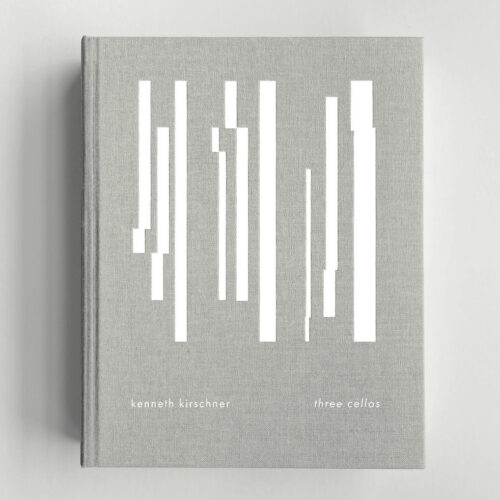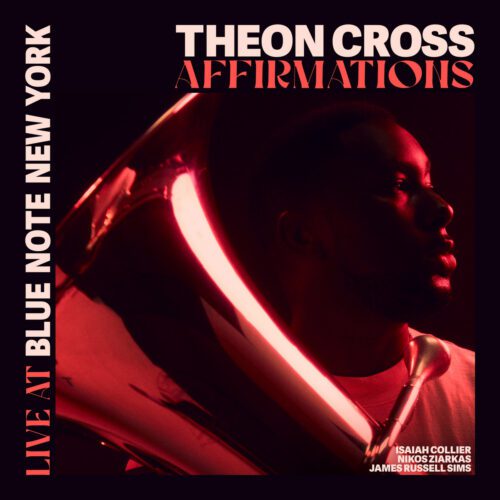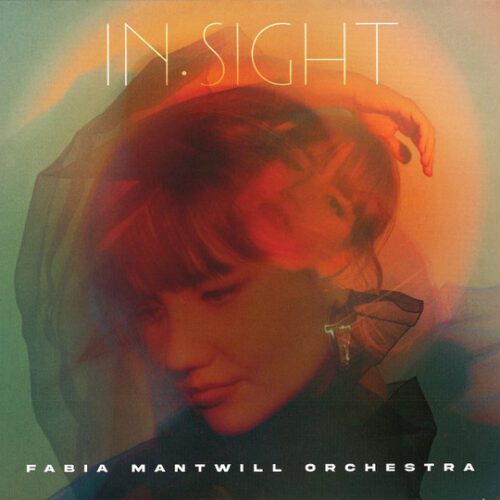Kenneth Kirschner is an American composer who has been involved in electronic sound creation for some forty years. The interest of this aptly named album lies in the effect that transcribing some of his pieces to acoustic instruments, in this case three cellos, can have. For Kirschner, this is a rare feat, and as the voluminous booklet accompanying the album (a real book, in fact) explains at length, it was a long and complex process.
Kirschner’s electro method is made up of broad palettes of sound superimposed and densely attached, harmonically. Often, no more than four semitones apart qualify the musical soup of this artist for whom precise notation, note for note and divided into identifiable barlines so that musicians can decipher the manner, duration and speed of their performances, was something almost esoteric. It was his encounter with Joseph Branciforte, a more “traditional” composer, that led him to explore the possibility of transposing part of his sound universe to acoustic performances.
The journey goes quite well, very well indeed. It has to be said that the original material was already quite close to the world of rigorous scholarly music, at least sonically. Kirschner wasn’t into dancefloor techno, let’s say. In the end, Kirschner’s acoustic music sounds like a conventional art music proposition in its own right, and frankly interesting, for it evokes an unexpected encounter between Berg’s thick, bushy harmonies and Feldman’s discursive economy. I also think of repetitive minimalism without the pulse, bathed in the colors of the Second Viennese School.
The superimposed, repetitive cello lines, in constant micro-transformation, create a grayish atmosphere, heavy with affliction and bitterness, but always in motion. One could imagine them accompanying a Bergman film.
Nothing to party on, but the result is astonishingly beautiful.
























